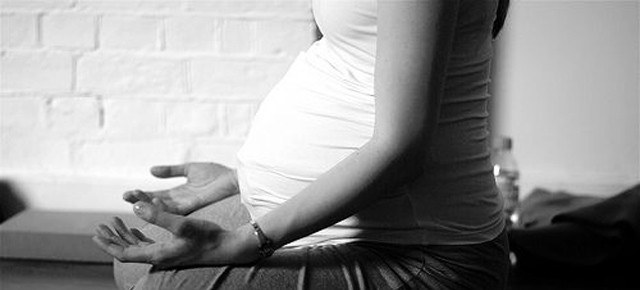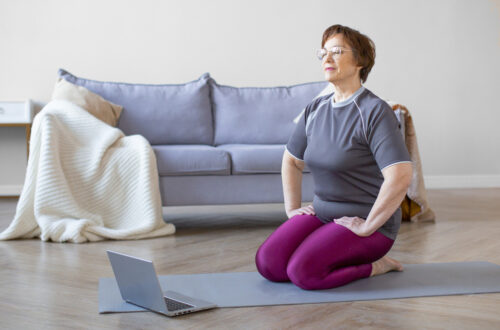Things You See in a Yoga Studio – Mudras
What is a Mudra and how can you you incorporate them into your yoga practice?
Mudras are often part of a yoga class, but how much do you really know about them? Especially if you are new to yoga, it can all get confusing. Which one should we use and when? And what is the difference, anyway?
Mudra means “seal” or “closure” in Sanskrit. We use these gestures mostly in meditation or in pranayama practice to direct the flow of energy within the body by using the hands. The use of mudras can be seen in the Hatha Yoga Pradipika, an ancient yogic text. Different areas of the hands are connected with areas in the body and the brain. So when we place our hands in yoga mudras, we stimulate different areas of the brain and create a specific energy circuit in the body. By doing this, we help generate a specific state of mind.
THE ELEMENTS WITHIN US – MUDRAS
The universe is made of five elements, and each of the five fingers is represented by one of these elements.
The thumb represents the fire, as well as universal consciousness.
The index finger represents air and individual consciousness.
The middle finger represents akasha, or connection.
The ring finger represents earth.
The little finger represents water.
When these five elements are not in balance, we can experience disease in the body. Mudras are one way of creating a balance between all of these elements within us.
GYANA MUDRA
This is perhaps the most used mudra in yoga and is also known as the chin mudra. To do this, bring the tips of the thumb and index finger together, and keep the other three fingers together, lightly stretched. This symbolizes the unity of fire and air as well as the unity of universal and individual consciousness.
The Gyana mudra increases concentration, creativity, and is a gesture of knowledge. Keep your palms facing upwards when feeling receptive or rest your palm on your leg when you wish to feel more grounded.
SHUNI MUDRA
Bring the tip of the middle finger and thumb together, uniting the elements of fire and connection. This mudra symbolizes patience and discipline, and helps us generate a feeling of stability. Use this mudra when you feel you need additional strength to follow through with tasks.
SURYA RAVI MUDRA
Unite the tip of the ring finger and the thumb, and you bring together the elements of fire and earth. This mudra represents energy and health, and it provides us with a feeling of balance. It can also help with bringing positive changes into our lives.
BUDDHI MUDRA
By touching the tips of the little finger and thumb together, you are enhancing intuitive communication. The elements of fire and water are brought together, and this symbolizes communication and openness. It can also help strengthen your intuitive knowledge.
PRANA MUDRA
The Prana mudra activates the dormant energy within the body. To do this, place the tips of your thumb, ring finger, and little finger together. This mudra symbolizes the vital energy of prana, and will encourage the flow of this energy, making you feel energized and strong.
DHYANA MUDRA
This mudra provides calming energy for meditation and is used for deep contemplation and reflection. To do this, place your hands on your lap, left palm under, palms facing up, and the tips of the thumbs touching. It also signifies attainment of spiritual perfection. The Mudra was used by Buddha during the final meditation under the ‘bodhi tree.’
ANJALI MUDRA
Bringing the palms together in front of the heart space symbolizes honor and respect toward yourself and toward the universe. This mudra expresses love and gratitude. Namaste. It signifies adoration of the superior and considered a sign of regard with deep respect if done at face level.




